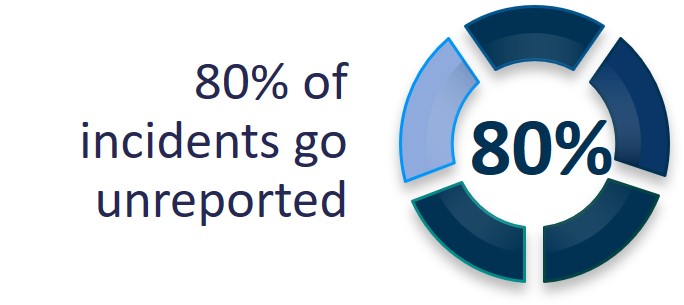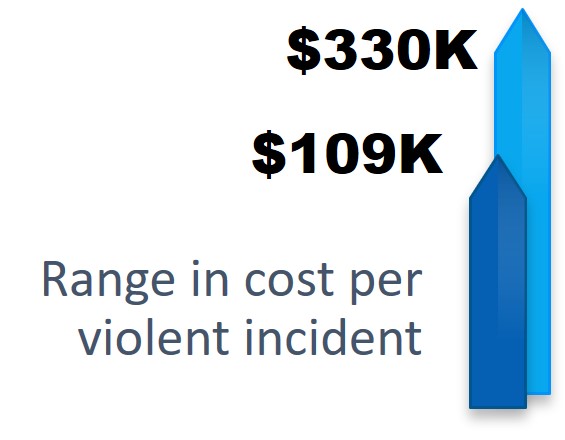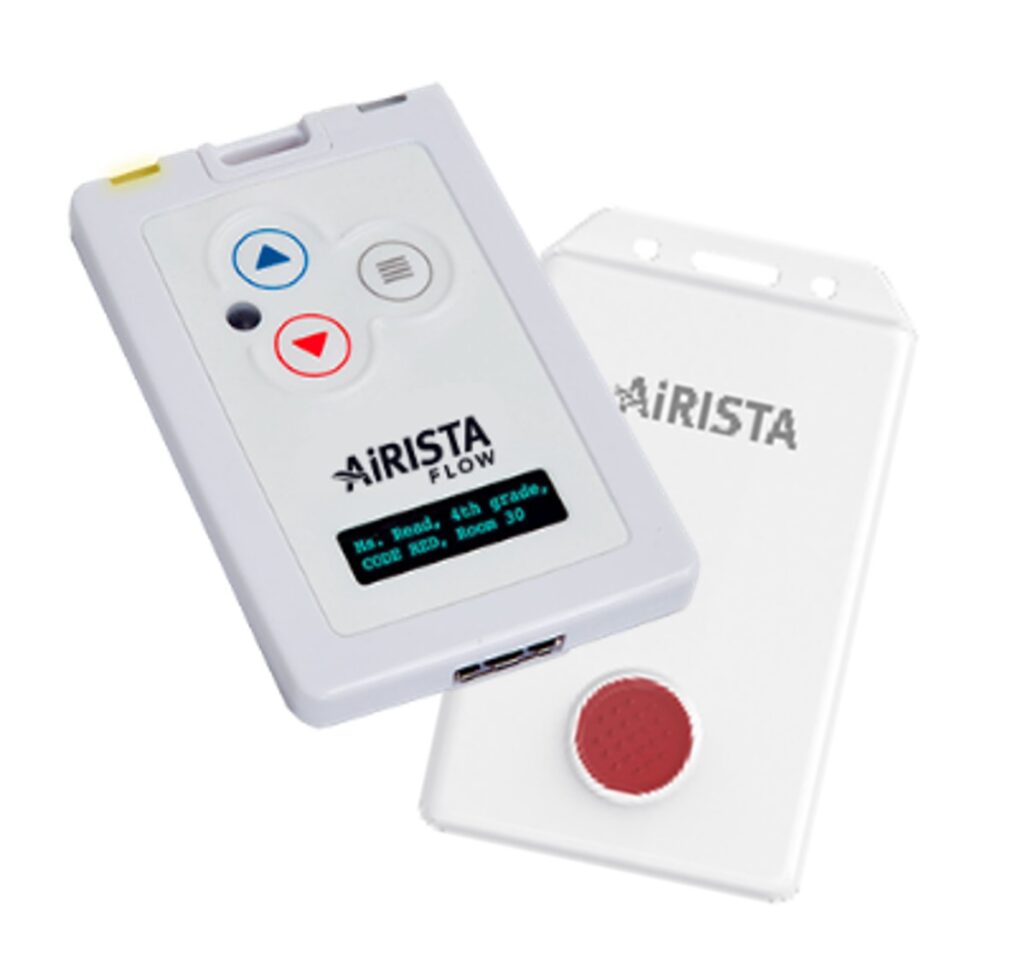Investing in workforce safety is a smart business decision and is paramount to help keep healthcare staff safe.
By Paul Sarnese
Violence against healthcare workers is a significant issue in the United States. In the U.S., healthcare workers are five-times more likely to experience a non-fatal violence related injury compared to workers in all other private industries. Our direct care providers, specifically our nurses, are the most prone to violence. According to Press Ganey, two nurses are assaulted every hour in the United States. In a survey conducted by the American Nurses Association (ANA), only 20% of nurses reported that they feel safe at work.
Based on research from OSHA, the problem is much worse than the statistics indicate because their research has identified that only 20% of violent incidents that occur are reported to the healthcare organization. I personally believe that the percentage of staff that report incidents is much lower than 20%.

Violence against healthcare workers impacts our staff’s perception of safety, patient safety and outcomes, recruitment, retention, productivity, and certainly the organization’s bottom line. The cost of violence can be direct and indirect. The impact of violence against healthcare workers can be measured in worker’s compensation fees and the increase in workers compensation insurance.

The cost to care for one victim of a healthcare violence incident can range from $109,000 per year to over $330,000 per year per treatment.
The cost of violence can also be measured through staff absenteeism because of violence and post-traumatic stress. It has been reported that 13% of all staff call outs are due to violence. Violence also impacts staff retention and job satisfaction. Many nursing and other healthcare professionals left the healthcare industry during the pandemic, and it is estimated that up to one fifth of all nurses are considering leaving their profession soon. The average cost to replace one nurse costs more than $50,000, and the average cost to hire a traveling nurse may be as high as $150,000 per year.Investing in staff safety solutions to prevent incidents of violence makes financial sense to avoid the costs of staff injuries and staff recruitment.

Healthcare has always been and will continue to be an industry that depends on research and evidence-based practices. Each healthcare organization must conduct an evaluation before purchasing modern technology. Part of that review is the anticipated outcomes, the cost avoidance or revenue that can be generated. Investing in workforce safety is a smart business decision and is paramount to help keep healthcare staff safe, to recruit and to retain the staff. Because healthcare professionals are in big demand, they can choose to work for an organization that invests and maintains their safety. I was recently at a hospital that had a competitor less than three miles away. The hospital down the road recently invested in wearable duress buttons for their ED staff and had a security officer assigned to the ED 24/7. Several ED nurses left their employer to work for the organization down the road that provided them with a higher level of safety and security. These wearable duress buttons allow staff to easily call for help when they identify warning signs that an individual may escalate to violence.

AiRISTA 2-way communicating Staff Safety Tags provide a coordinated response
The staff simply pushes a button on a badge that automatically notifies employees in the surrounding area and security that they need assistance. This technology is easy to train staff to use, easy to deploy and does not alter the workflow of the healthcare staff. Organizations that have deployed this technology have reported an increase in staff perception of safety, the reduction in staff injuries because of violent incidents, and the decrease in patient restraints. Investing in staff safety is a necessary and important human resources strategy. By investing in solutions that improve staff perception of safety and security, and providing an easy to use staff safety solution, organizations can avoid the costs associated with staff injuries and staff recruitment and replacement.






